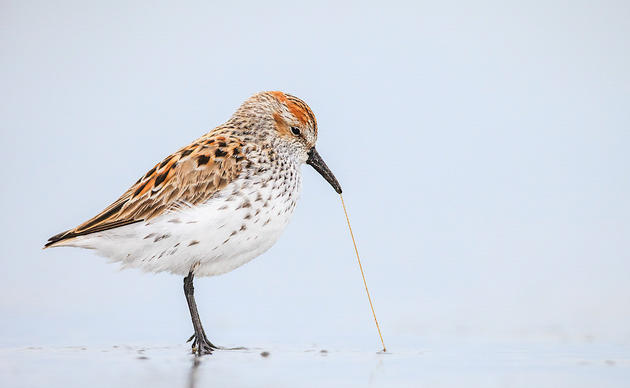Rain feels like such a gift these days. Yesterday, I attended a meeting at a location along the Sacramento River I can’t tell you how great it was to pause several times throughout the day and just watch the high river flow by. California’s great rivers don’t look like that very much these days. Driving into the city that morning, it was hard to keep my eyes on the road going through the Yolo Bypass – so much beautiful water.
Californians are getting used to drought. This latest devastating dry period hasn’t been our first, and it certainly won’t be our last. We stopped taking water for granted a long time ago. Still, I can hardly remember appreciating rain as much as I do now.
Water, of course, is fundamental to our lives, our communities, and our economy. Public policy around water allocations and usage in California is serious business throughout our state. As the saying goes, “whiskey is for drinking, water is for fighting.”
Today is World Water Day, and throughout the day, people will reflect on the importance of ensuring that people have access to clean water not only for their personal health, but for the health of their communities, as well.
At Audubon California, we recognize the role that water quality and availability plays in the health of our state, but we add that water is also of vital importance to the survival of California’s birds and the habitats that support them.
That’s why Audubon California for years has sought to include birds into our state's ongoing conversation about water. We have advocated for birds in every important policy discussions around the recent water bond, drought response, and water allocations to critical wildlife refuges in the Central Valley.
The effort to protect birds in California inevitably revolves around water.
At the Klamath National Wildlife Refuge Complex, perhaps the most important habitat for migrating waterfowl in the Lower 48, water makes the difference for millions of birds staging their great movement along the Pacific Flyway.
In the Central Valley, the fate of birds is often intertwined with agriculture, as birds rely on flooded agricultural fields to replace lost wetland habitat. Our efforts to protect imperiled populations of Tricolored Blackbirds depend on providing water for safe breeding habitat away from dairy farms.
In Imperial Valley, Audubon California is partnering with a number of groups to find a solution for the Salton Sea. Water diversions in the coming years will pose a real threat to one of the most important places for birds in North America, and create a public health crisis for children and families in the region.
Several hundred miles to the north in the San Francisco Bay Area, Audubon California is supporting Measure AA, which will raise $500 million for wetlands restoration, revitalizing habitat for more than a million birds and providing clean water and climate resilience.
In Southern California, scientists have linked the drought to reduced breeding in both songbirds and raptors.
As scientists establish more links between drought and climate change, our work to support legislation addressing global warming’s effects on birds and our communities becomes all the more important.
Conflicts over water in California can be bitter and divisive, but it doesn’t have to be that way. Just as every sector of our state – environment, agriculture, cities – has borne the burden of drought, so too must we all come together to find real solutions to secure our future and the future of our birds.
Brigid McCormack is executive director of Audubon California.
By Brigid McCormack
Birds need water
You may not have heard of the Farm Bill’s Regional Conservation Partnership Program or the Department of Reclamation’s WaterSMART grants – but birds count on them every day.




